The Importance of Collaboration Spaces
Furniture for collaboration space, Collaboration spaces, often referred to as “collaborative zones” or “innovation hubs,” have gained prominence as companies seek to break down silos, encourage cross-functional collaboration, and drive innovation. These spaces are designed to facilitate informal meetings, brainstorming sessions, and team projects outside the traditional office setting.
Collaboration spaces offer several advantages, including:
Enhanced Creativity:
A change in environment can stimulate fresh ideas and perspectives, leading to increased creativity.
Improved Communication:
Informal settings encourage open and free-flowing communication, making it easier for team members to share ideas and feedback.
Cross-functional Collaboration:
Collaboration spaces often bring together employees from various departments, promoting cross-functional collaboration and knowledge sharing.
Flexibility:
These spaces are adaptable and can serve multiple purposes, from team meetings to individual work or relaxation.
The Role of Furniture in Collaboration Spaces
Furniture plays a pivotal role in shaping the functionality and aesthetics of collaboration spaces. Well-designed furniture can have a profound impact on the overall atmosphere and effectiveness of these areas. Here’s how furniture contributes to the success of collaboration spaces:
Layout and Configuration:
The arrangement of furniture sets the tone for the space. Flexible furniture options, such as modular seating and movable tables, enable teams to configure the area to suit their specific needs. Whether it’s a casual lounge setting for brainstorming or a structured layout for presentations, the right furniture provides versatility.
Comfort and Ergonomics:
Comfortable seating and ergonomic furniture are essential for ensuring that employees can focus on their tasks without discomfort. Ergonomic chairs and adjustable-height tables promote proper posture and comfort during long meetings or collaborative work sessions.
Aesthetic Appeal:
The aesthetics of furniture can significantly impact the ambiance of a collaboration space. Furniture that aligns with the company’s branding and design aesthetics can create a more cohesive and visually appealing environment. Colors, textures, and materials should be chosen carefully to create a welcoming and inspiring atmosphere.
Acoustics:
Acoustic furniture solutions, such as sound-absorbing panels, privacy screens, and acoustic chairs, can help control noise levels within a collaboration space. Effective acoustics are crucial to maintaining focus and preventing distractions.
Technology Integration:
Collaboration spaces often require technology integration for presentations, video conferencing, and document sharing. Furniture designed with built-in power outlets, cable management, and device connectivity options ensures seamless technology usage.
Storage Solutions:
Adequate storage options are essential for keeping the space organized. Collaborative furniture can incorporate storage elements like built-in shelves, cabinets, or mobile storage units to keep materials and supplies readily accessible.
Types of Collaborative Furniture
Collaborative furniture comes in various forms, each serving specific purposes within collaboration spaces:
Lounge Seating:
Lounge furniture includes sofas, armchairs, and ottomans designed for relaxation and informal discussions. These pieces create a comfortable and inviting atmosphere for brainstorming sessions or casual meetings.
Collaborative Tables:
Collaborative tables are typically larger and designed to accommodate group work. They can feature built-in power outlets, cable management, and adaptable configurations to support different activities.
Modular Furniture:
Modular furniture is highly flexible and can be rearranged to suit various collaborative needs. For example, allows teams to create custom seating arrangements as required.
Standing Desks:
Standing desks promote active collaboration and can be equipped with whiteboards or interactive displays for idea sharing and note-taking during meetings.
Privacy Pods:
Privacy pods or booths offer secluded spaces within collaboration areas. These are ideal for focused work or confidential discussions, providing a sense of privacy in an open environment.
Collaborative Chairs:
These chairs are designed with mobility and comfort in mind, often featuring swivel bases or casters. They can be used for impromptu meetings, brainstorming sessions, or individual work.
Case Studies: Companies Embracing Collaborative Furniture
Google:
Google is known for its innovative office spaces, and collaboration is at the core of its workplace design. The company utilizes modular furniture, lounge areas with comfortable seating, and interactive whiteboards to foster creativity and teamwork.
Steelcase:
As a leader in workplace solutions, Steelcase offers a range of collaborative furniture designed to support various workstyles. Their furniture solutions include flexible seating arrangements, height-adjustable tables, and integrated technology options.
IBM Watson IoT Center:
IBM’s Watson IoT Center in Munich is a prime example of a collaborative space designed to promote innovation. It features an open layout with a mix of collaborative furniture, including lounge seating, standing desks, and interactive screens for data visualization.
Challenges in Implementing Collaborative Furniture
While collaborative furniture can transform workspace design, there are some challenges to consider:
Cost:
High-quality collaborative furniture can be an investment. Companies must balance the cost with the expected benefits and long-term value.
Space Constraints:
Not all workplaces have the physical space to dedicate to collaboration zones. Companies may need to make creative use of existing space.
Employee Preferences:
Not all employees may be comfortable with open, collaborative spaces. It’s important to provide alternative workspaces for those who prefer quieter, more private environments.
Maintenance:
Collaborative furniture requires regular maintenance to ensure it remains in good condition. This includes cleaning, repairs, and rearrangement as needed.
Conclusion
Collaborative spaces have become essential in modern workplaces, promoting innovation, communication, and employee engagement. Furniture plays a pivotal role in shaping these spaces, offering comfort, flexibility, and functionality.
By investing in well-designed collaborative furniture, organizations can create dynamic and inviting spaces that foster teamwork, creativity, and productivity. As businesses continue to adapt to changing workstyles and demands, collaborative furniture will remain a cornerstone of successful workplace design, supporting the evolving needs of employees and driving organizational success.










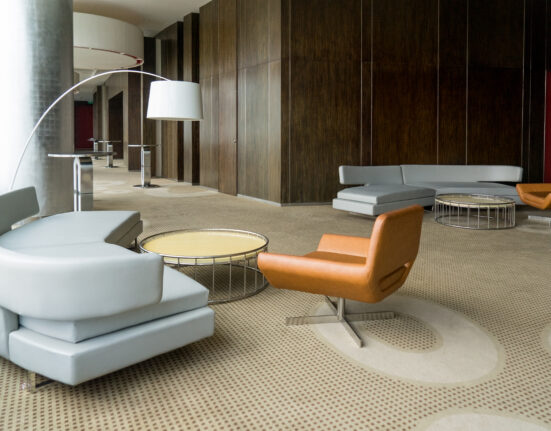
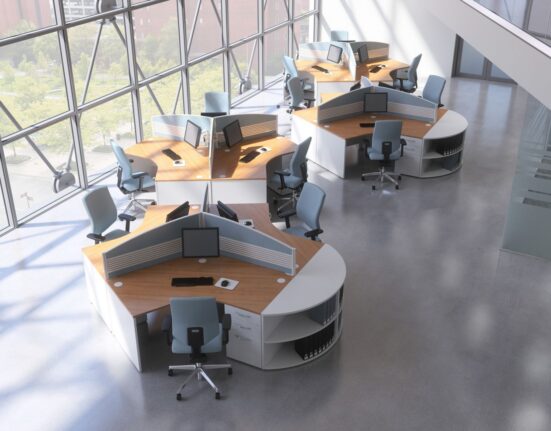
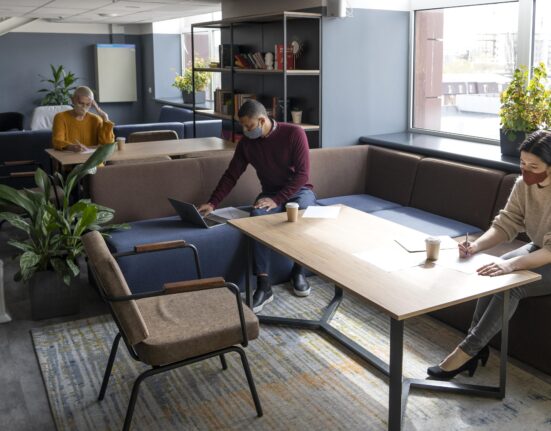
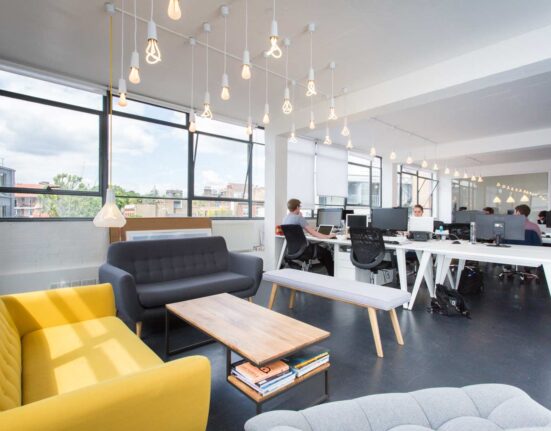
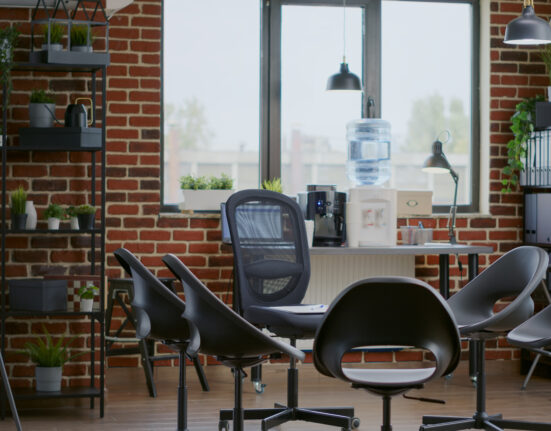
Leave feedback about this